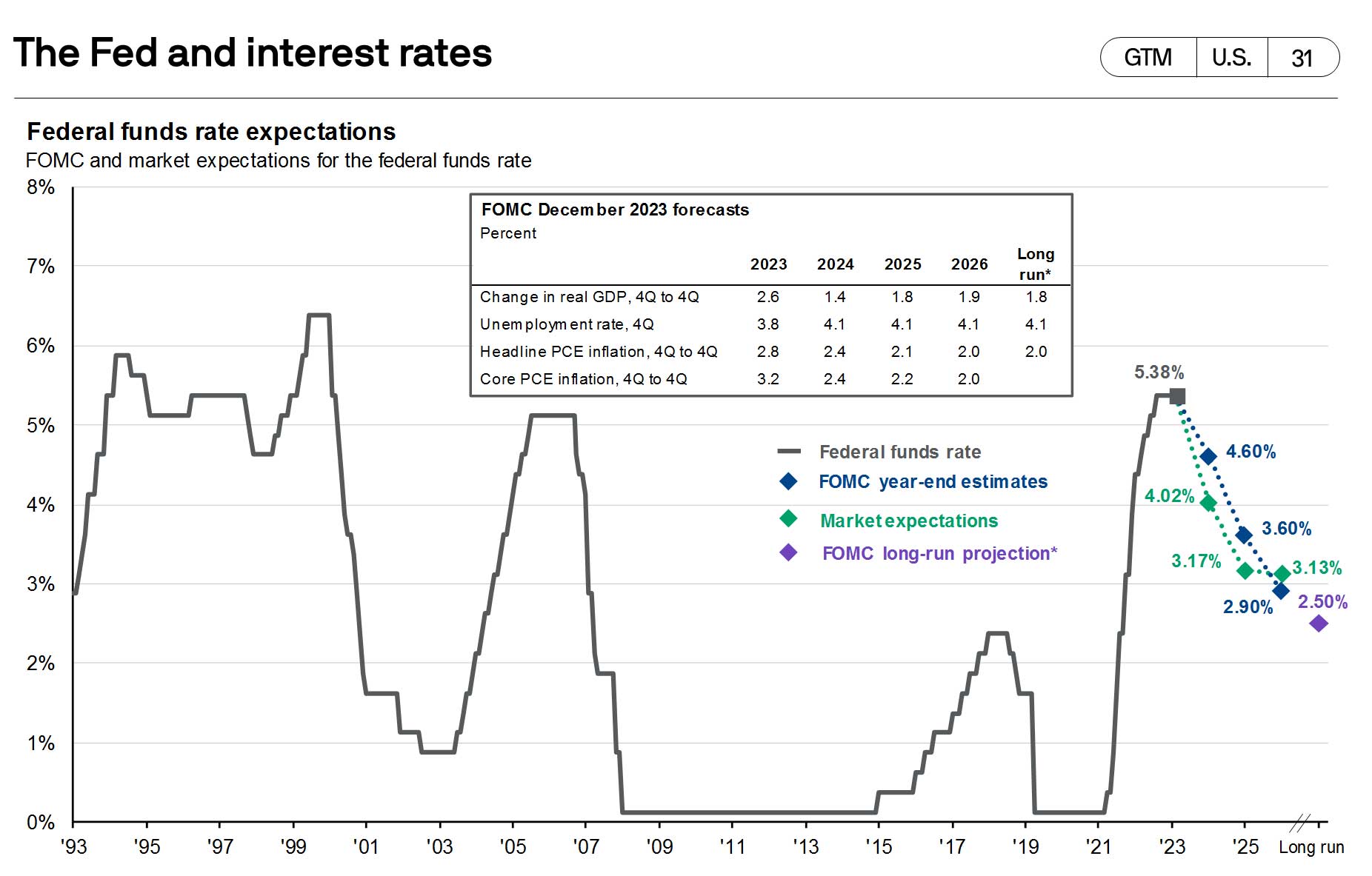This month we are digging into what money markets are and how they work. First, it is important to make a distinction between money market mutual funds and money market accounts.
Money Market Accounts are savings accounts issued by banks that take cash deposits, are obligations of the bank, and are FDIC insured. They have no trading and often have limitations on how many withdrawals you can make each month.
Money Market Funds are SIPC and Excess SIP insured and are traded with a 1-day settlement time. The goal of these funds is to pay out a dividend each month while maintaining a stable $1.00 per share value. If that value were to change, it would be referred to as breaking the buck. These funds come in a variety of risk tolerance and tax treatment.
What we would like to show you is what to expect with the rates on these funds, should they consistently pay their yield. As an investor, you maintain liquidity in that it is a mutual fund and that there is no time frame that it needs to be held, nor any penalties associated with purchases and sales.
To maintain that liquidity, they are generally* investing in short term fixed income instruments that continue to mature and therefore be reinvested. The risk that is associated with this is called reinvestment risk, meaning that that if the manager has a 3-month treasury that yielded 5.25%, they have to reinvest that at the going rate today, which could be higher or lower.
Due to that reinvestment risk, you will likely see the projected yield of these funds rise and fall in line with short term fixed income instruments that you could buy on the open market or at a financial institution. So, in a high interest rate environment, like we are in today, it is paying a high yield whereas in a 0% environment, like in 2020 for example, many of these funds paid nearly 0% at the time.
The chart below is the dot plot from the Fed, and we can summarize that when rates are high, these funds are paying high yields, whereas when they are low, the yields were minimal.

The Bottom Line
Keep in mind that while 5% + yields that we are seeing today sound great, inflation is still running at nearly 4%, so this is letting you maintain your purchasing power, not necessarily increase it by a 5% real rate of return.
Money Market Funds (MMFs) may be a suitable option for investors whose primary goal is the preservation of capital but who are also able to accept minimal risk in exchange for a modest return on cash balances.
It is crucial for investors to recognize that, similar to ultra-short bond funds, money market funds are mutual funds and may lose principal value.
While the regulation around money market funds has become more stringent, it should not be forgotten that MMFs are investments, not bank accounts. MMFs today are exposed to more limited risks than in the past, and still retain relatively low risk when compared to other short-term investment products.


 Raymond James financial advisors may only conduct business with residents of the states and/or jurisdictions for which they are properly registered. Therefore, a response to a request for information may be delayed. Please note that not all of the investments and services mentioned are available in every state. Investors outside of the United States are subject to securities and tax regulations within their applicable jurisdictions that are not addressed on this site. Contact your local Raymond James office for information and availability.
Raymond James financial advisors may only conduct business with residents of the states and/or jurisdictions for which they are properly registered. Therefore, a response to a request for information may be delayed. Please note that not all of the investments and services mentioned are available in every state. Investors outside of the United States are subject to securities and tax regulations within their applicable jurisdictions that are not addressed on this site. Contact your local Raymond James office for information and availability.